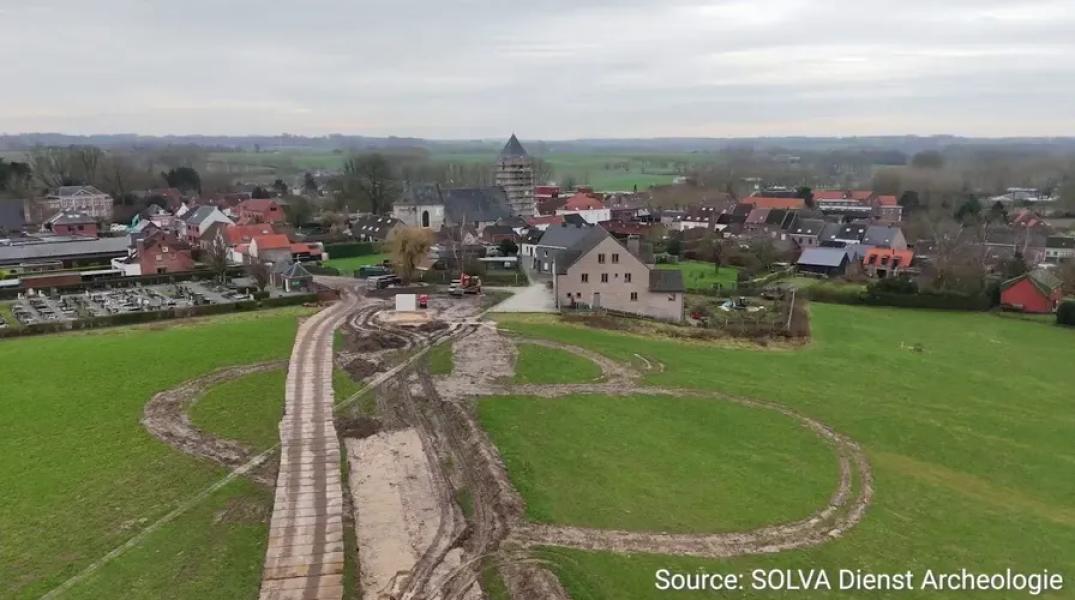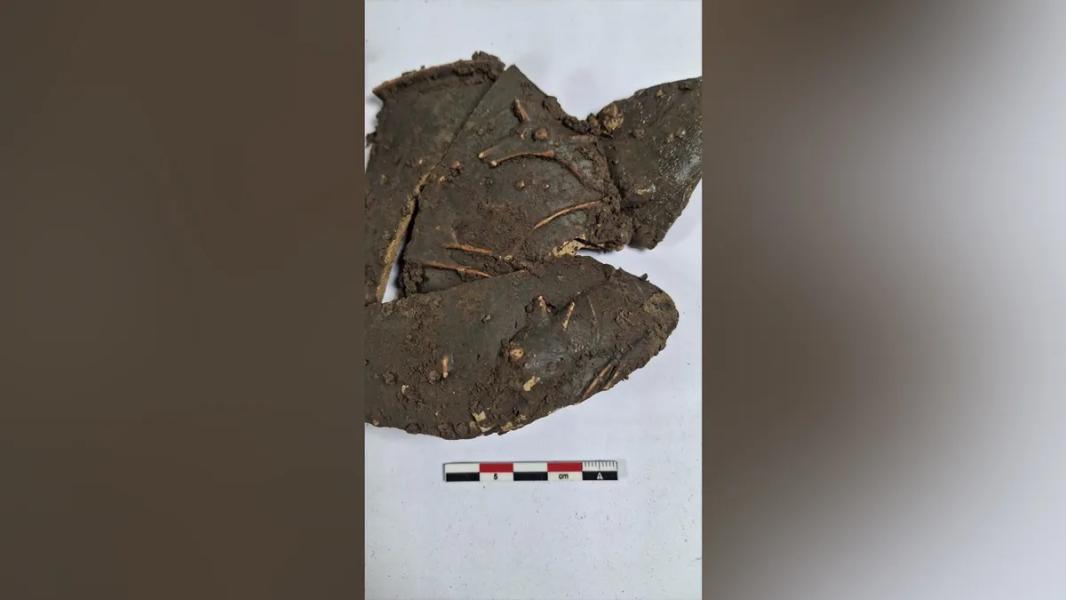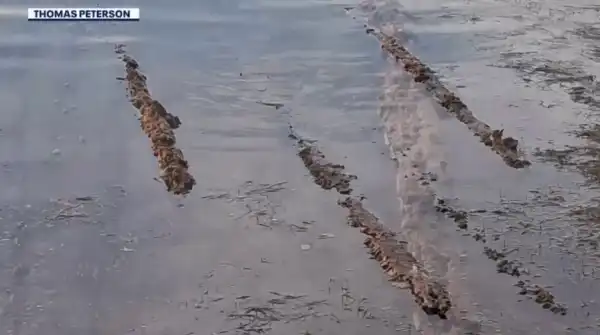
Video Belgian archaeologists make a discovery: a well-preserved dog from the Roman Empire
The SOLVA archaeological service in Belgium has announced the recent discovery of ancient Roman artefacts and remains, including a perfectly preserved dog, in Welzeke. (Source: SOLVA Dienst Archeologie)
Archaeologists have recently found the remains of a remarkably well-preserved dog from ancient Rome, a discovery that highlights the prevalence of ritual sacrifice in ancient times.
The results of the excavations were released on March 21 by the SOLVA archaeological service, a Belgian government agency.
Archaeologist Arne Verbrugge from Flanders, Belgium, told Fox News Digital that the excavations took place at an ancient Roman regional center called a vicus, located in the village of Velzeke.
The images show that the dog's mouth is mostly intact, with several teeth and the entire skeleton remaining. The animal was found under a stone floor, which contributed to its preservation, Verbrugge said.
“Most of the bones we find in our region from the Roman period are already very decomposed,” he said. “In some contexts, like wells or ditches, the preservation is a little better.”

The Belgian Archaeological Service announced the discovery of the remains of an ancient dog in March. (SOLVA Dienst Archeologie)
He added: “Because the dog was buried under a foundation of highly calcareous sandstone, the remains were preserved quite well.”
Dogs were used in “various ritual practices” during the Roman Empire, the archaeologist noted, and were even considered “guardians” of the graves of the dead. The animals were often ritually killed to accompany the deceased on their journey to the afterlife.
However, it appears the newly discovered dog was sacrificed to a building rather than a human, a rare discovery for Belgium.
“According to [Roman scholar] Varro's De Re Rustica, dogs were sometimes used in rituals to purify land and houses,” Verbrugge said.

The dog found by scientists was remarkably well preserved thanks to the stone floor under which it was buried. (SOLVA Dienst Archeologie)
“As for the building sacrifice in Velzek, it is likely that before erecting the building, they first 'cleaned' the place.”
He noted that “the connection with 'purification' is also seen in the practice of sacrificing dogs (and other animals) at the Lupercalia festival in honour of Faun, who is associated with fertility and purification, as mentioned by Plutarch.”
It appears that the recently discovered dog was indeed sacrificed for the construction of the building.
Verbrugge said the stone building under which the dog was buried likely had some important purpose.
This was the first instance of dog sacrifice associated with construction found in Flanders, although similar cases have been found in France and Britain.

Some pottery featured images of dogs, highlighting the role of dogs in ancient Roman society. (SOLVA Dienst Archeologie)
“The building may have been larger, but the foundations are not well preserved everywhere,” Verbrugge said.
“Stone foundations are not common in the Roman period for this region and they indicate a certain status of the building. They are found only in villas and public buildings with military, administrative or religious functions.”
He also added: “The presence of a stone building indicates that there was an important structure on this site.”
The dog remains that were initially studied at the site will undergo further study, although Verbrugge noted that the dog's exact breed has been lost over time.
Sourse: www.foxnews.com





